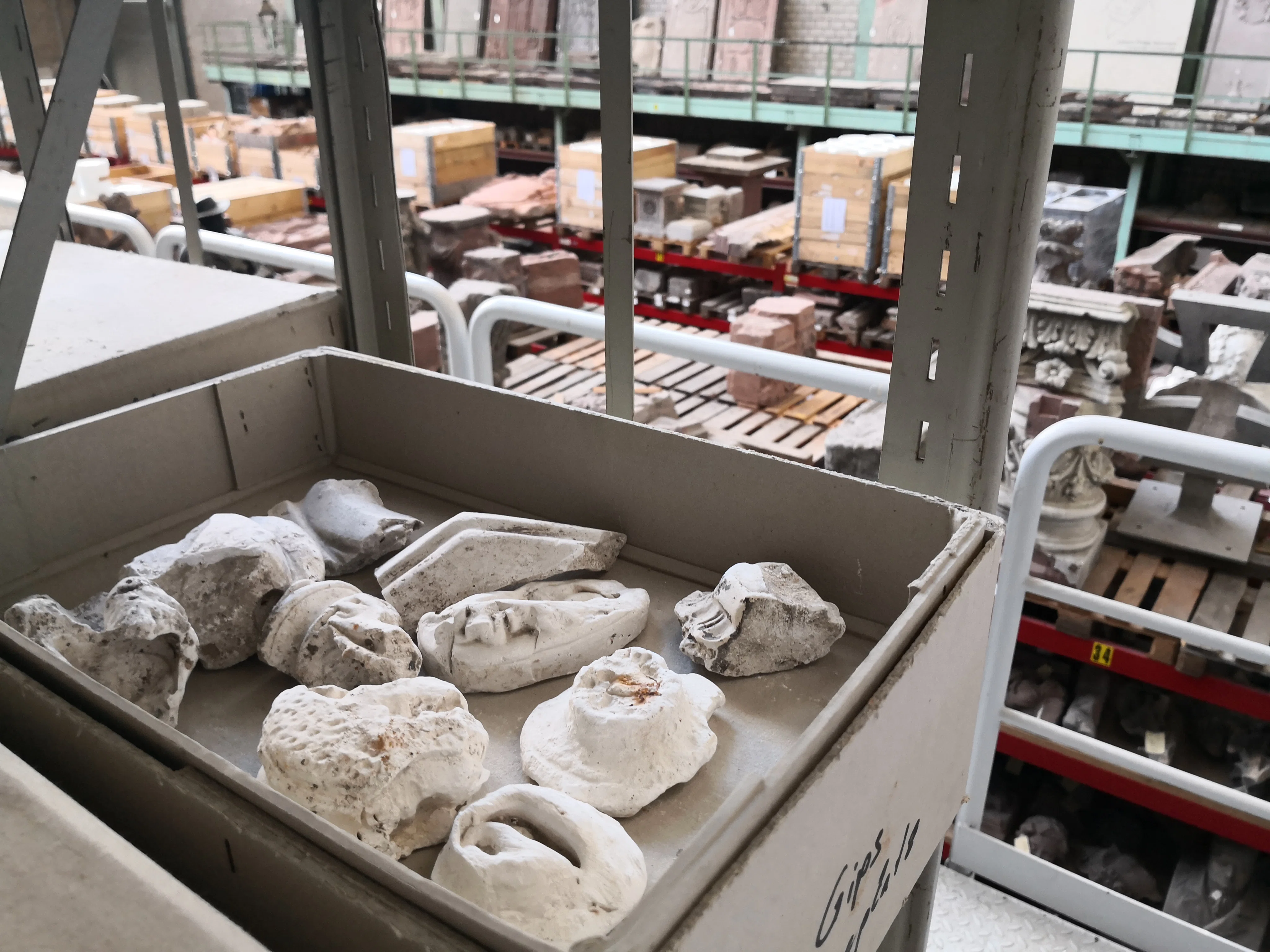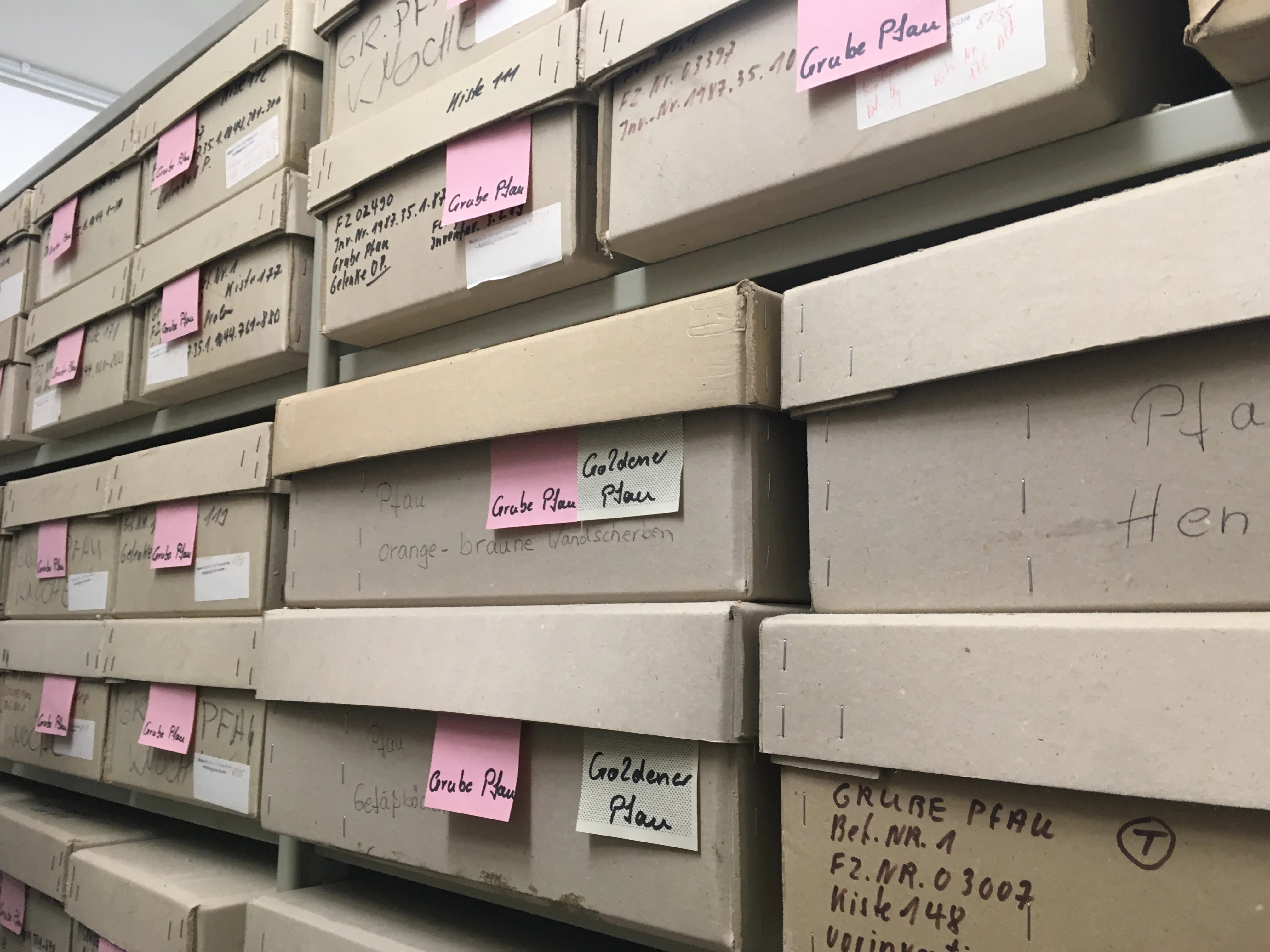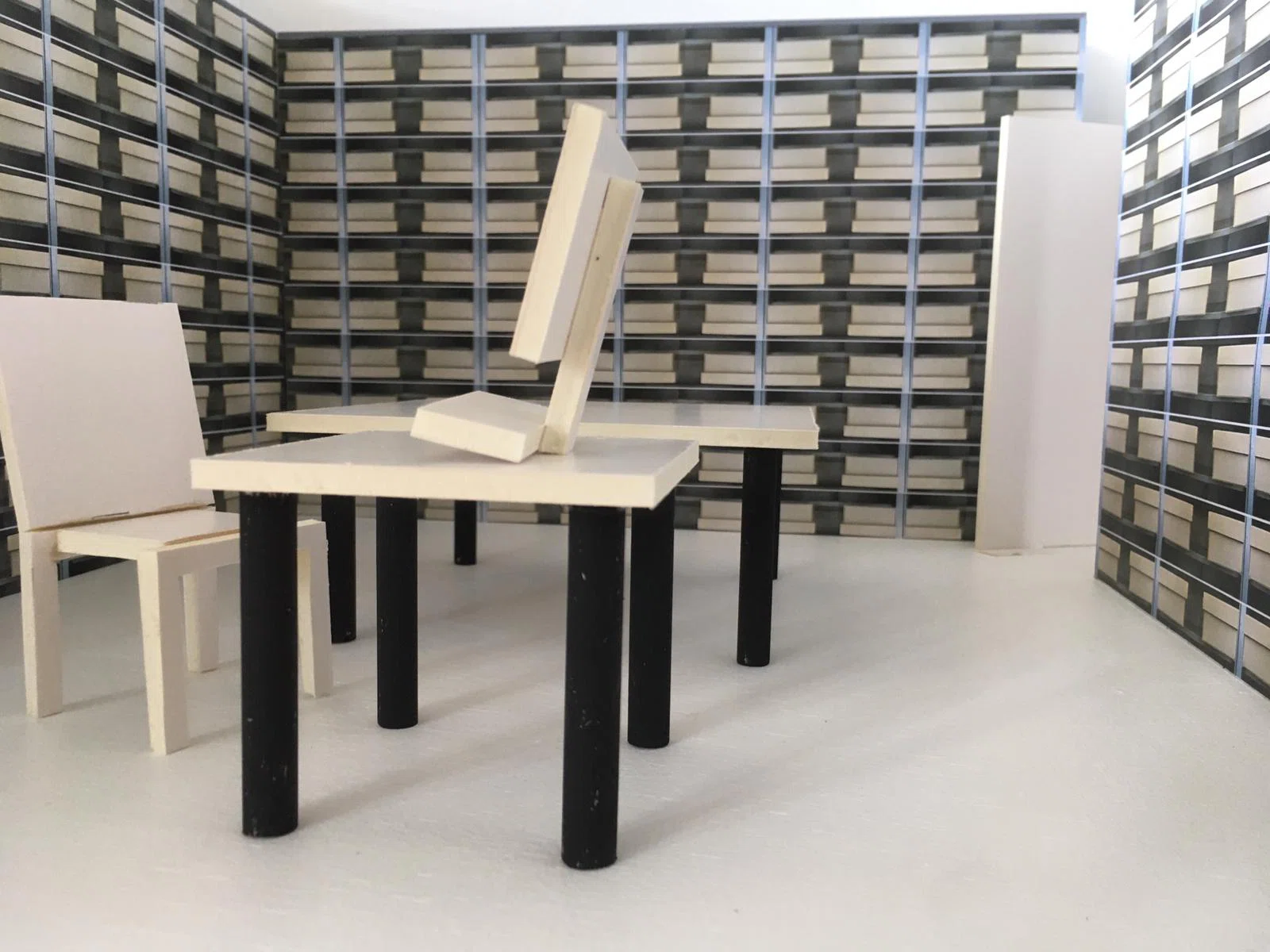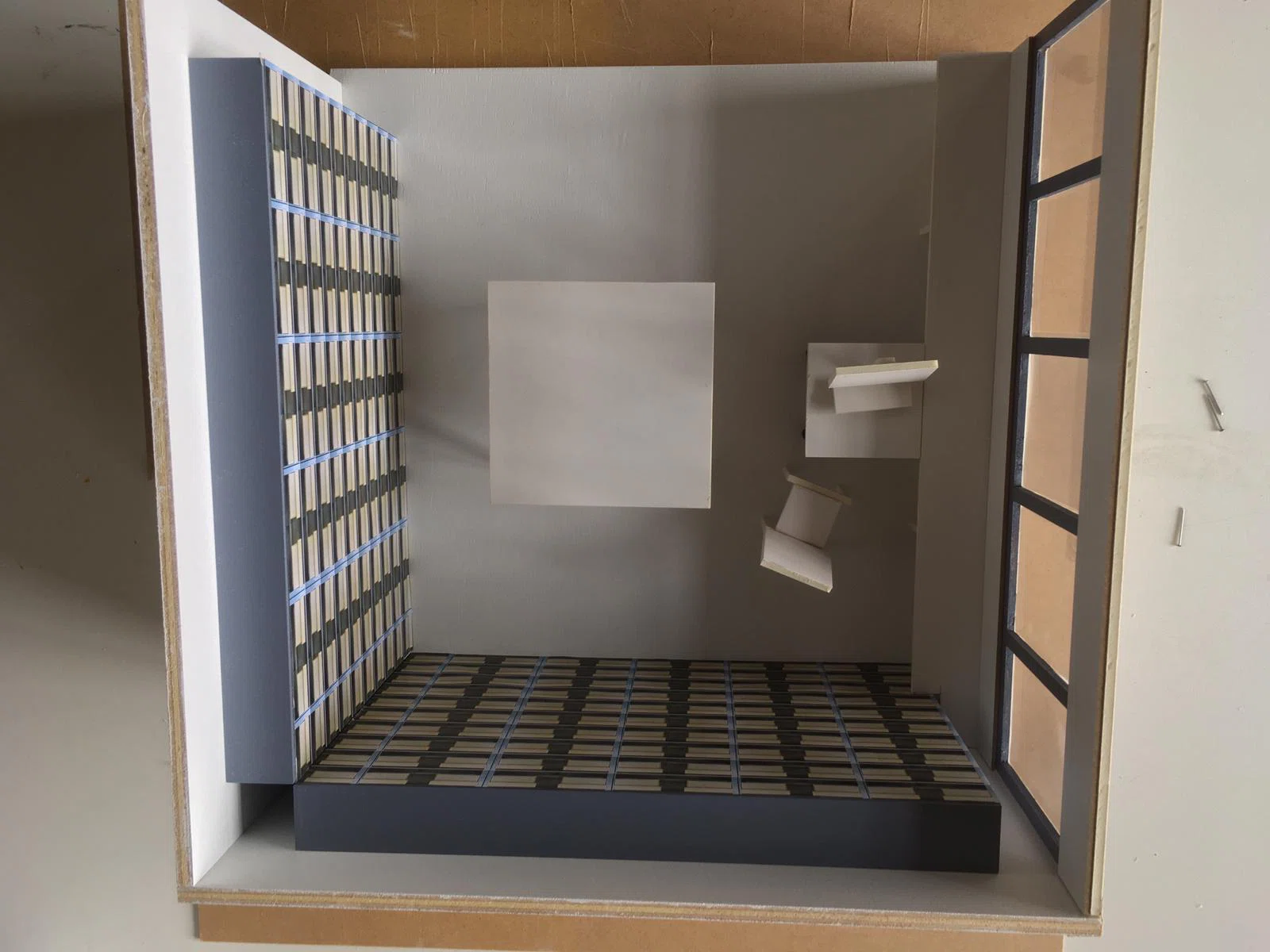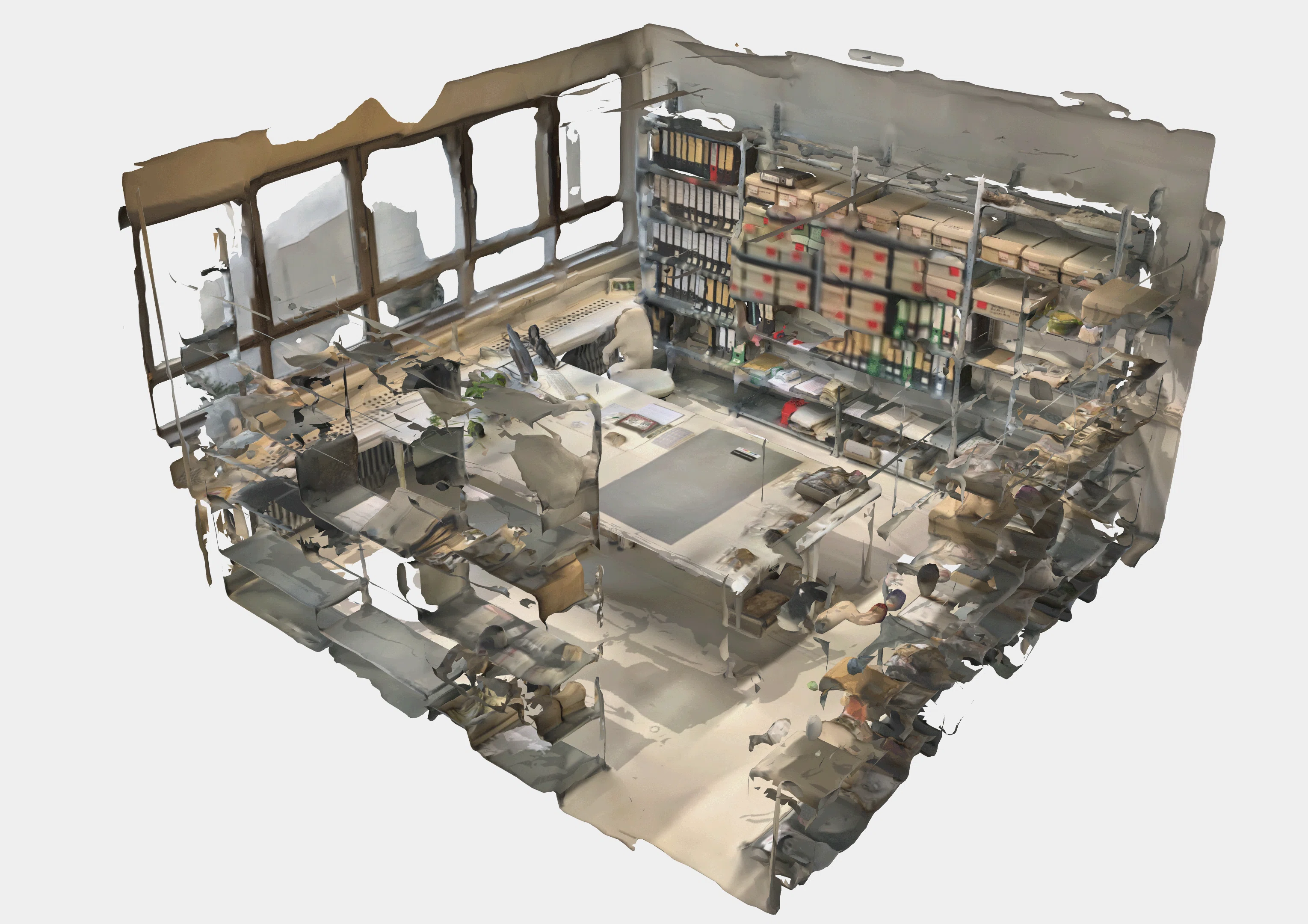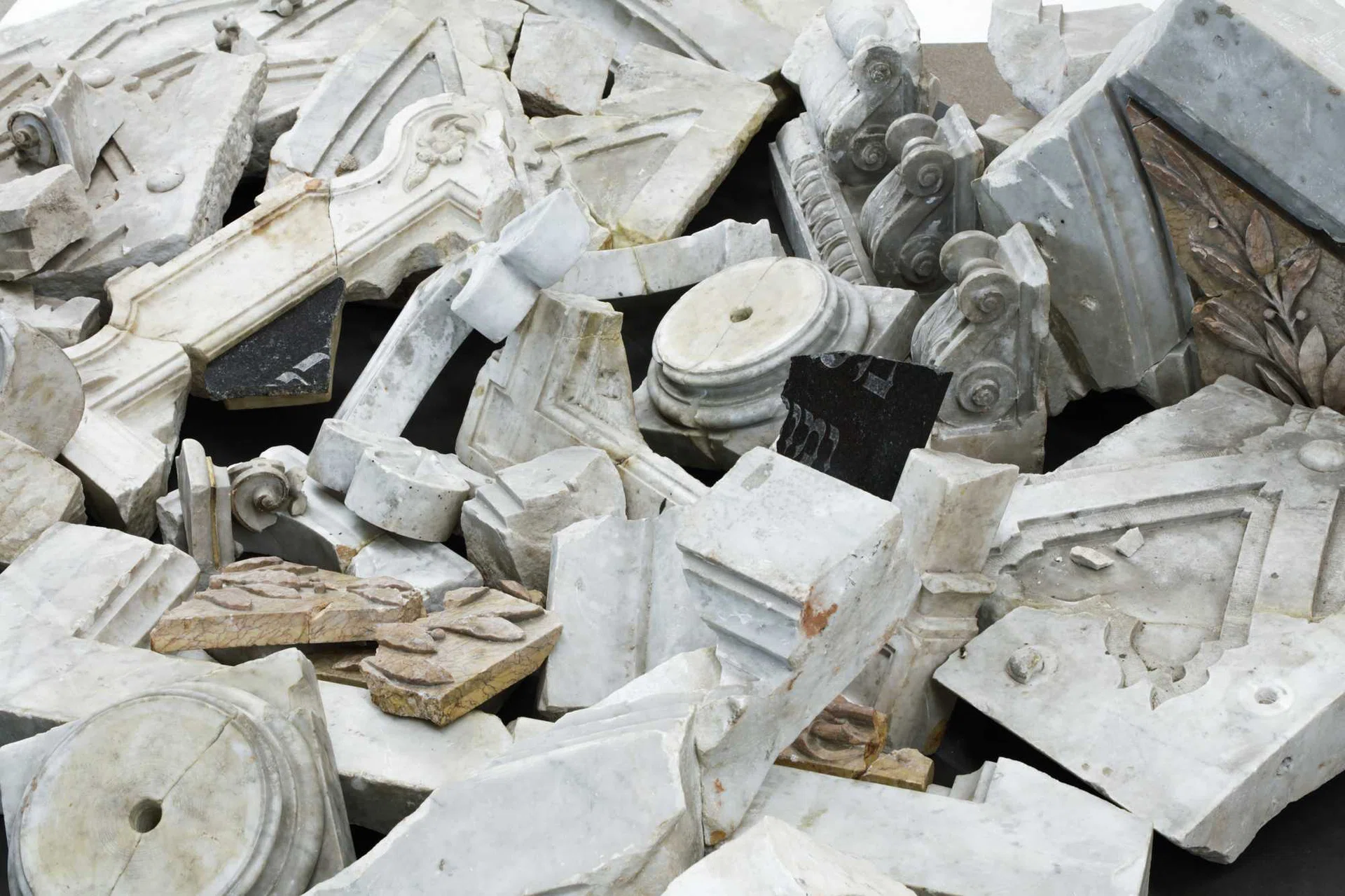Unboxing
In mid-2020, archaeologist Thorsten Sonnemann began opening the archive boxes in a specially designed room and systematically recording the contents. He spent nearly a year opening the boxes and systematically measuring, indexing, photographing, viewing, analysing, and cataloguing stones, tiles, shards, utensils and everyday objects, as well as parts of the brutally destroyed Torah shrine. This work is made more difficult for him by the fact that the destruction of the synagogue was designed in such a way that no traces of what was should remain in the end.
His work contributes to making the contents of all 105 archive boxes digitally accessible. In this way, it is possible to observe for hours what otherwise only takes place in secret: Unboxing Past not only shows how the artifacts themselves come back to light. For the first time, it also shows in detail how the archaeologist handles the finds.
Unboxing Past
The project provides an opportunity for personal involvement with the topics of remembrance, memorialization and commemoration. On the one hand, this website documents the opening of the 105 archive boxes. On the other hand, it presents a broad panorama of cultures of remembrance through the participation of a total of over 300 people.
Unboxing Past asks: How should we deal with found objects in digital as well as analogue worlds? And much more fundamentally: How do we remember, how do we commemorate objects or stories that are important to us, and what sense of responsibility grows from dealing with testimonies of the times past?

